The Kangra Fort is located in the southwestern outskirts of Kangra town in Himachal Pradesh, which was constructed around 4th Century B.C. by the Royal Katoch Family of Kangra. The fort is situated atop a hill, on the base of which river Banganga and Patal Ganga flow together, making the place very attention-grabbing. It is the largest fort in the Himalayas and one of the oldest fort in India.
Also read Forts in Himachal Pradesh
Location of Kangra Fort
This ancient fort is located at a distance around 22 km from Dharamshala and is surrounded by a splendid view of Dhauladhar Himalayan Range. The town can be accessed by road, railway and even through flights. By road the distance of Kangra town from Delhi is 520 km, one can take overnight Volvo bus or can hire a cab to reach the place. The most adjacent narrow gauge railway station is Kangra, which is about 87 km from Pathankot. And, Gaggal airport is the nearest to the place. It is around 14 km. from Kangra fort. There are frequent flights from Delhi to Kangra.
History of Kangra Fort
The history of Kangra fort is very powerful. There are numerous stories of betrayals, loots, and destructions, as many rulers came and done several attempts to win the fort. There is an old Pahadi saying that ‘One who holds the Kangra Fort, holds the hills’. It is said that Kangra Fort was built by Maharaja Susharma Chandra, who was the descendant of the Katoch dynasty and also fought on the Kauravas side in the epic Mahabharata battle by distracting Arjuna, while Dronacharya formed the Chakravyuha that killed Arjuna’s son Abhimanyu. After the defeat of Kauravas, the descendants of Susharma Chandra came to Kangra along with his soldiers and built the Kangra fort.
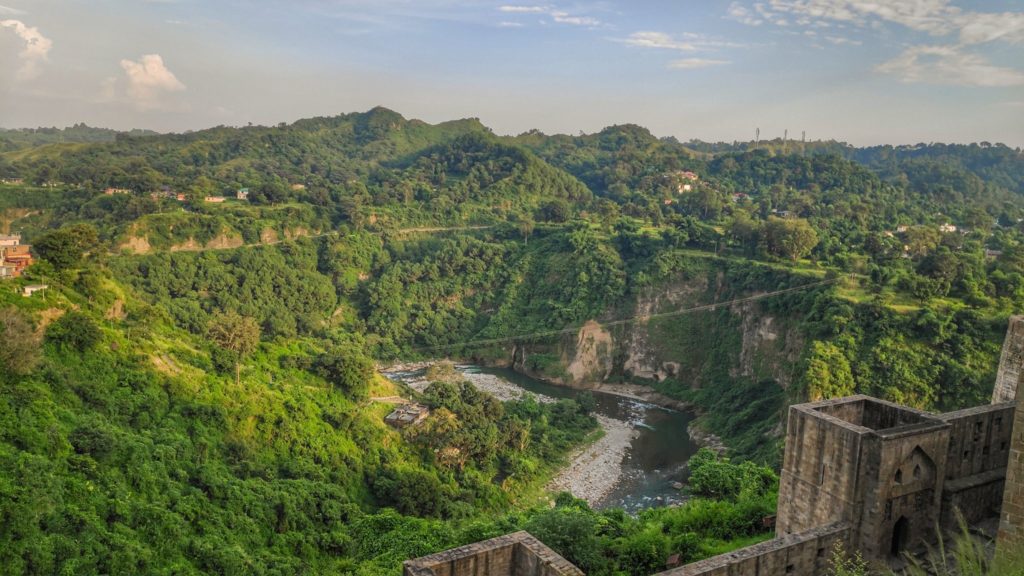
The Kangra fort was famous for its immense wealth, which was stored in 21 large wells, each measuring 4 meters deep and about 2 and a half meters in circumference. The kings of Hind, chief of Kangra, and many rich devotees used to offer their precious treasures, jewels, stones, diamonds and pearls in front of the Goddess, the Kuldevi of the King, residing in the fort. They believed that by doing these offerings, they may receive a reward. As a result of this, the fort faced many devastating attacks by almost all the rulers. The King of Kashmir, Shreshta was the first one to attack the fort in 470 A.D.
The first major foreign attack was inflicted in 1009 A.D, by Mahmud of Gazni, who caused major destruction by blackmailing the garrison commander. As a result of which the fort was handed over to him. After taking the control of the fort, his soldiers killed all the residents of the fort and took away 7 lakh gold coins, 28 tonnes of gold and silver utensils and 8 tonnes of diamonds and pearls.
The fort was then attacked by Muhammad Bin Tughlaq in 1337, and then his successor Firoz Shah Tughlaq also attacked the fort in 1357. But they were not able to capture the fort.
Then in 1619, the Mughal army made an attempt to capture the fort for about 14 months, while previously in 1615, Akbar made 52 unsuccessful attempts, and then finally in 1620, Jahangir managed to capture the fort and garrisoned his army there.
In 1789, Raja Sansar Chand II of the Katoch dynasty won back the fort by repeatedly looting the Mughal controlled regions, as a result of which, Mughals became weak and lost the battle. Maharaja Sansar Chand fought many battles with Gurkhas on one side and Sikh King Maharaja Ranjit Singh on the other. During the battle, the gates of the fort had been kept open for basic supplies.
The fort remained under the control of the Katoch’s, until 1828, when Ranjit Singh annexed it after the death of Sansar Chand. The fort was finally taken by the British after the Sikh war of 1846.
The British ruled the fort until it was heavily damaged in the earthquake of about 7.8 magnitudes on 4th April 1905. Most buildings in the town of Kangra, Dharamshala, and Mcleodganj were destroyed and about 20,000 people lost their lives in the earthquake.
Layout of Kangra Fort
The fort is spread over a long stretch of land of about 4 km. The entire fort is protected by high rampant and massive walls of black stone. There are plenty of doors in the fort, made by the rulers of several dynasties. The entrance to the fort is from the Ranjit Singh Darwaza which leads to the Jahangiri Darwaza, followed by Ahni and Amiri Darwazas. The path leads to the Andheri Darwaza (the first defense gate), which then leads to two paths. Towards the left path is the Darshani Darwaza (gate of worship), which opens up into a spacious courtyard, and many chambers are built there. Then there is Mahlon ka Darwaza (palace gate), which is en route to a 7 m long passage. Its walls are 15 feet high, as a result, only two men or one horse can enter through it. This gate was built to stop or slow down the enemy army.
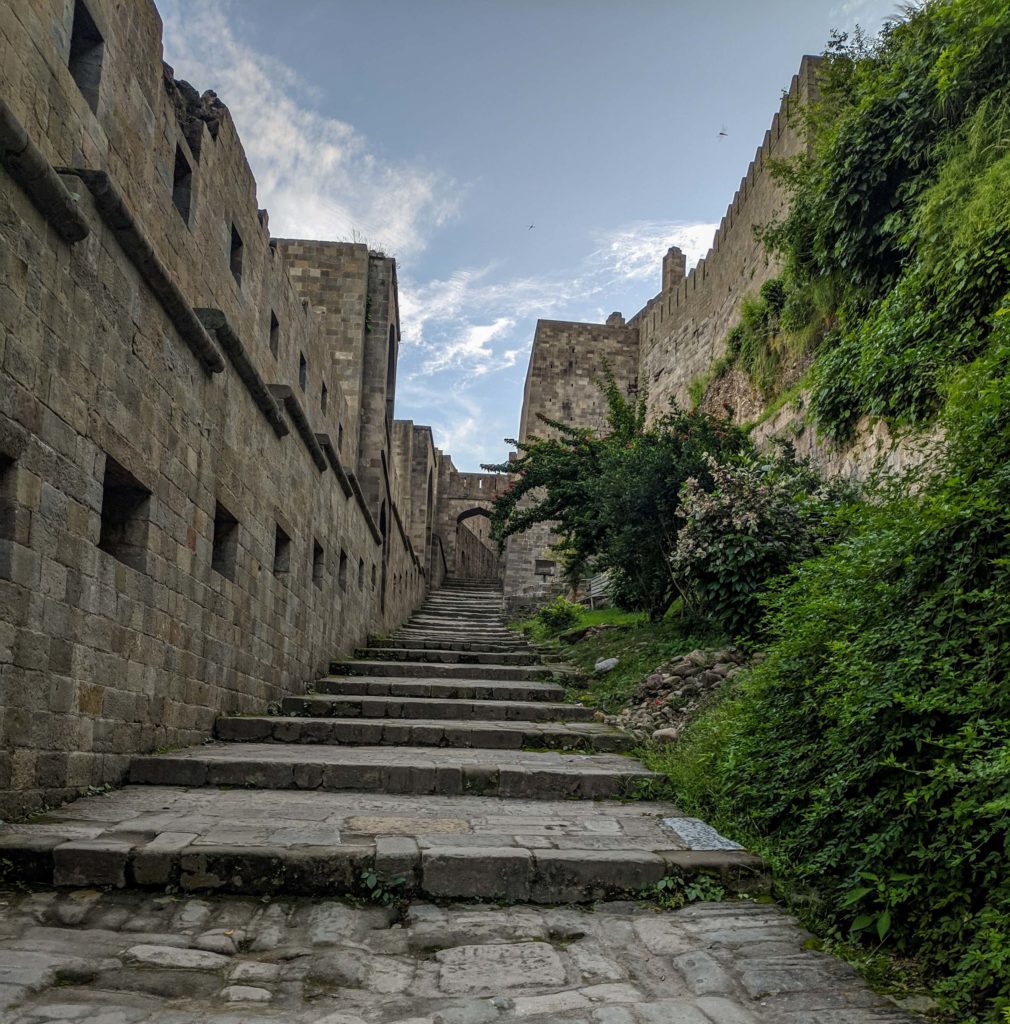
At the highest point of the fort, there is a palace courtyard, below which there is another courtyard which consists of three temples: Ambika Devi Temple, Shitalamata Temple, and Lakshmi Narayan Temple. One Jain temple is also there, where a stone image of Lord Adinath is installed. One mosque is also installed in the fort. In between the Shitalamata and Ambika Devi Temples, there is a staircase which leads to a small hall like a compartment called the Sheesh Mahal, and at the edge of which a polygonal watchtower is installed. A stone stepwell is also built here which is known as Kapoorsagar.
People can pay a visit to the Maharaja Sansar Chand Katoch Museum, which is located nearby. One can enjoy the stunning sunset and the splendid view from the terrace of the fort, and the place is photography heaven for people.


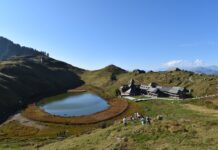


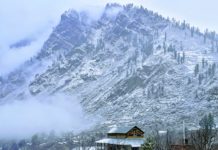

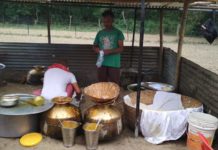

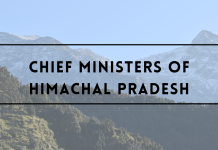

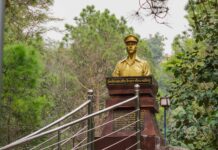
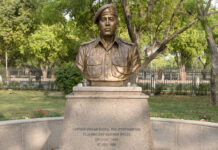


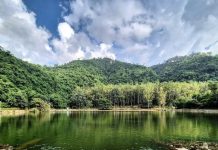
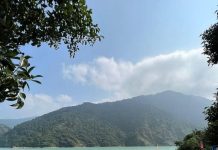
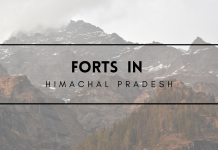
![Himachal Day: Read All About Himachal Pradesh day [15 April] Himachal Pradesh Day - BeingPahadia](https://www.beingpahadia.com/wp-content/uploads/2025/02/Himachal-Pradesh-Day-BeingPahadia-218x150.png)



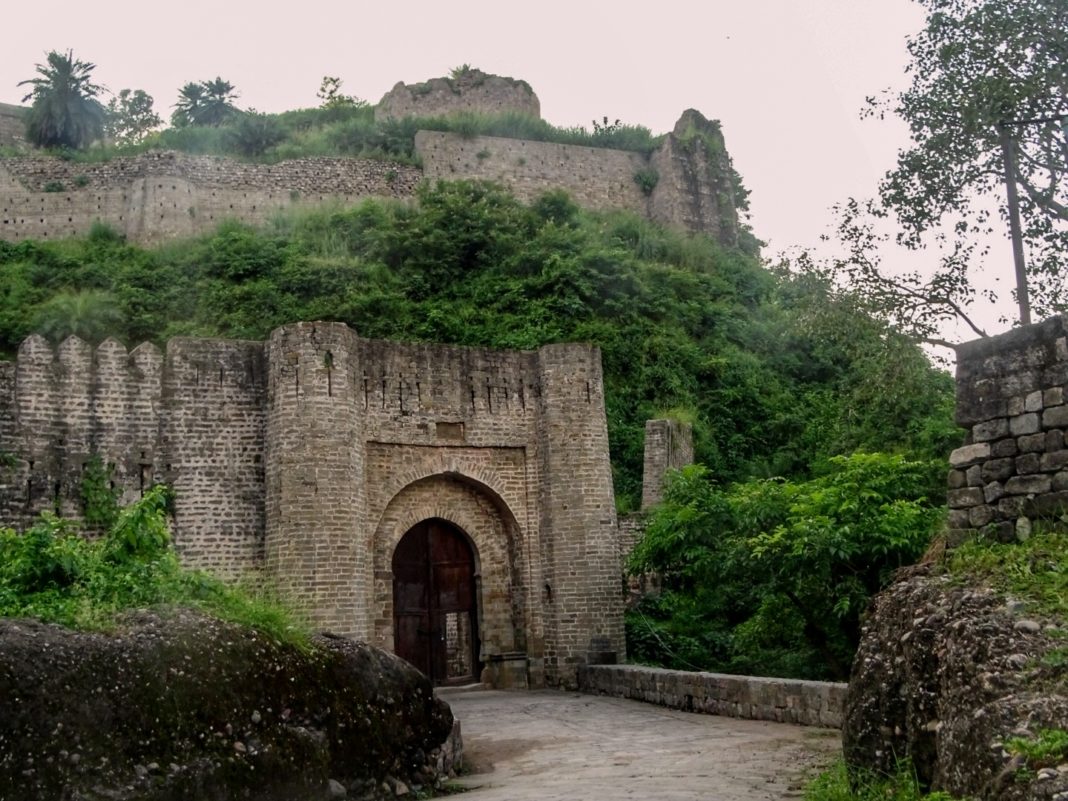
![Sidh Baba Balak Nath Shahtalai Temple in Deotsidh [Guide] Baba Balak Nath Temple Deotsidh](https://www.beingpahadia.com/wp-content/uploads/2023/04/Baba-Balak-Nath-Temple-Deotsidh-e1681616986690-100x70.jpg)

